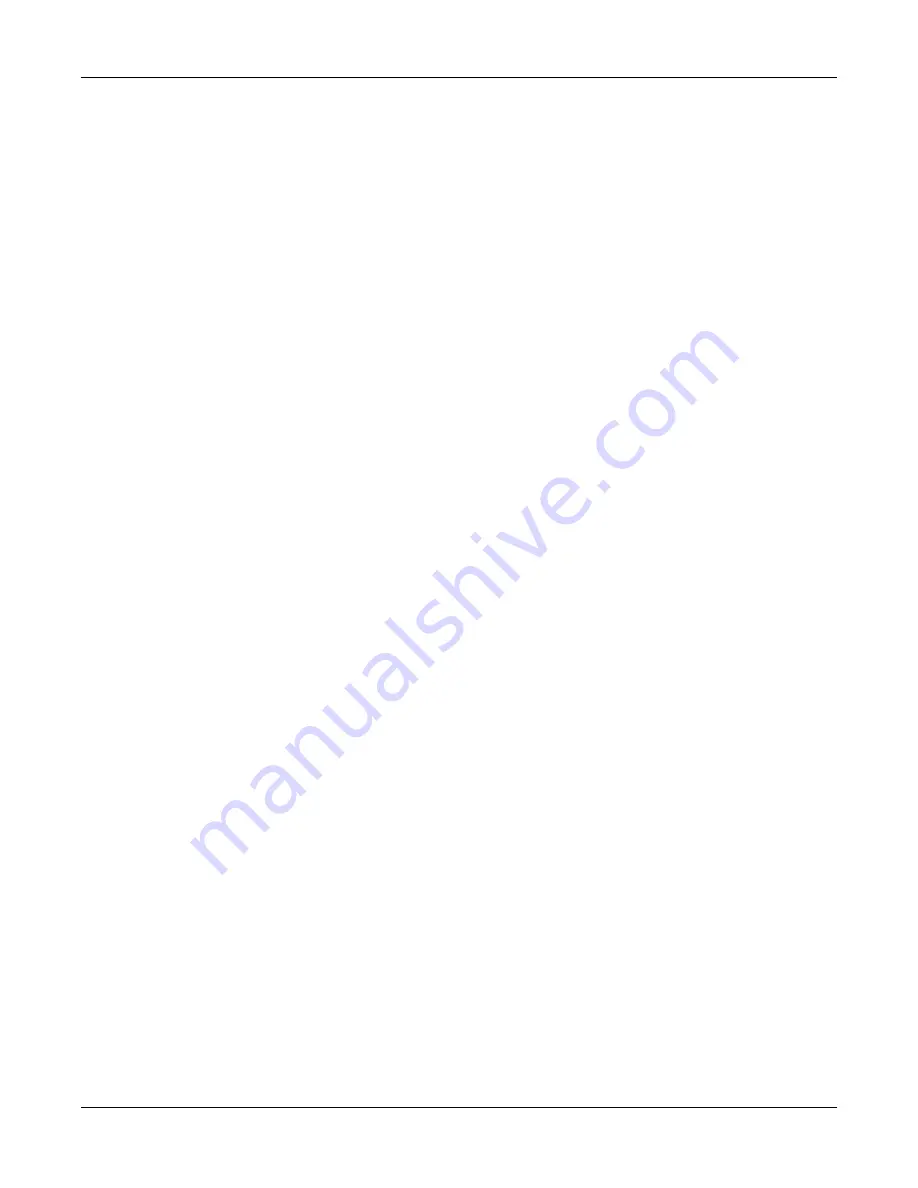
Real-time Control of KDFX
Using KDFX with an external Sequencer
4-13
Using KDFX with an external Sequencer
If you use an external MIDI sequencer, you are probably thinking about how powerful it will be
putting KDFX under sequencer control. Certainly being able to record, edit, and automate a
StudioÕs parameters as part of a MIDI sequence is one of the most attractive aspects of KDFX.
Any Program on any channel can be the one that controls KDFX. On the
Effects
page, put
FX
Mode
into ÒProgramÓ, select the
FX Channel
you want to control KDFX with, and put your
KDFX-controlling Program on that MIDI channel. Now any MIDI commands coming from the
sequencer on that MIDI channel will be sent to KDFX.
Dedicating a Program and Channel
Perhaps the most efÞcient and least confusing way to do this is to have a dedicated program
that
only
controls KDFX, on a channel that is otherwise not being used to play music. Many
K2500 and K2000 users know this trick for automating the old internal effects, but it becomes
even more important given the complex nature of KDFX. It requires sacriÞcing a MIDI channel,
but few users should have a problem with that.
Again, go to the Effects page and, keeping the FX Mode set to Program (or Auto), set the
channel youÕre going to use as an FX ChanÑin this case, 16 is often a good choice. Go to
Program
Mode and select Program 199, Default Program. Press
Edit
, and then
KEYMAP
, and
set the Keymap to Ò0 NoneÓ. This program will now make no sound in response to MIDI notes,
and use up none of the K2500Õs polyphony.
Alternatively, if your sequencer uses a MIDI metronome, then you might want to use Program
198, Click, as a starting point. When the metronome is turned off, this voice wonÕt use any
polyphony either.
Now use the
more
keys to get to the KDFX page, and start setting up your Studio and FXMods,
or, if you have another program already set up with the Studio and FXMods you want, use
Import FX
to bring that Studio and FXMods into the current Program.
Finally, save the Program to a new location, giving it a name like ÒStudio Controller1Ó. You can
now use this Studio with your sequencer: start by calling up its bank and Program number, and
then put appropriate MIDI commands into the sequencer for controlling the StudioÕs
parameters.
If the MIDI sources for the FXMods are also K2500 on-board controllers, then you can record
your parameter changes from the K2500 into the sequencer.
Changing Studios with a sequencer
If you need more than one Studio available in a sequence, or you want a selection of Studios to
use in different sequences, simply create new Programs, which call up the different Studios on
their KDFX pages, the same way. To switch from one to the other, send an appropriate Program
Change command on channel 16 from your sequencer.
Setting up static FXMods in different Programs, all of which address the same Studio, as we
saw earlier, is a good way to make one-shot changes in KDFX parameters without having to
construct a bunch of different Studios.
Also as we saw earlier, this technique can be useful even when you are playing the K2500 in
Setup mode along with a sequencer. If FX Mode is ÒProgramÓ, and the FX channel is 16, the
sequencer can control the FXMods independently of which Setups are in use on the keyboard.
Summary of Contents for KDFX
Page 56: ...Inside KDFX Saving Studios and other objects 3 24...
Page 76: ...Real time Control of KDFX KDFX in Auto Mode 4 20...
Page 94: ...Using the Algorithms FXMod Diagnostic 5 18...
Page 104: ...Special Topics Using the Internal Effects 6 10...
Page 118: ...KDFX Objects KDFX Studios Appendix A 14...
Page 154: ...KDFX Controller Assignments in Programs Setups Appendix B 36...
Page 158: ...System Exclusive Control of KDFX Parameters Appendix C 4...
Page 164: ...Index 6...






























